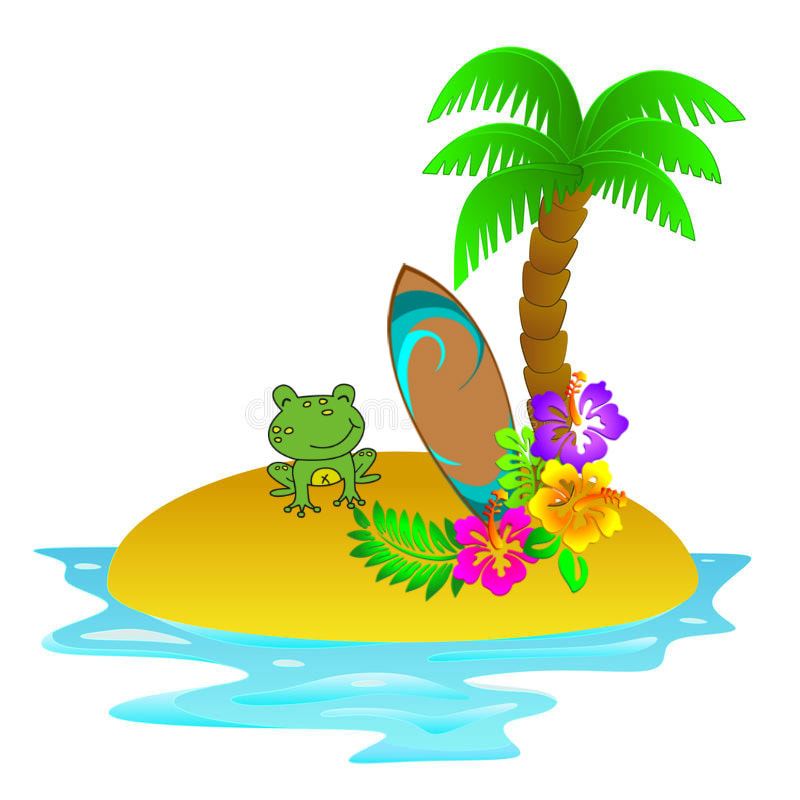Now, on to my Monday blog.
There's a part of the world that most of us have little reason to pay attention to. It doesn't often make the news and is pretty remote from most places. Where is it? It's Oceania, a region located in the South Pacific Ocean. It's comprised of many different islands that cover more than 3.3 million square miles (8.5 million sq. km). These islands and groups of islands are both countries and dependencies...territories of other foreign nations. There are 14 countries that comprise Oceania...the largest one is Australia which is not just a country but also a continent. The smallest one is Nauru. But like all landmasses, these islands constantly change and do have some small risk of disappearing entirely due to rising sea levels. How many of the other 12 countries can you name? (I have to say here that I could name only a few.) Here's the list of the 14, ranging in size from the largest to the smallest.
1. Australia - Area: 2,988,901 square miles (7,741,220 sq km) Population: 23,232,413
2. Papua New Guinea - Area: 178,703 square miles (462,840 sq km) Population: 6,909,701. Ulawun, one of Papua New Guinea's volcanoes, has been deemed a Decade Volcano by the International Association of Volcanology and Chemistry of the Earth's Interior (IAVCEI). Decade volcanoes are those that are historically destructive and close to populated areas, so they merit intensive study, according to the IAVCEI.
3. New Zealand - Area: 103,363 square miles (267,710 sq km) Population: 4,510,327. The larger island of New Zealand, South Island, is the 14th largest island in the world. North Island, though, is where about 75 percent of the population lives.
4. Solomon Islands - Area: 11,157 square miles (28,896 sq km) Population: 647,581.The Solomon Islands contain more than 1,000 islands in the archipelago, and some of the nastiest fighting of World War II occurred there.
5. Fiji - Area: 7,055 square miles (18,274 sq km) Population: 920,938. Fiji has some of the best climate found anywhere in the world; average high temperatures there range from 80 to 89 F, and lows span 65 to 75 F.
6. Vanuatu - Area: 4,706 square miles (12,189 sq km) Population: 282,814. Sixty-five of Vanuatu's 80 islands are inhabited, and about 75 percent of the population lives in rural areas.
7. Samoa - Area: 1,093 square miles (2,831 sq km) Population: 200,108. Western Samoa gained its independence in 1962, the first in Polynesia to do so in the 20th century. The country officially dropped "Western" from its name in 1997.
8. Kiribati - Area: 313 square miles (811 sq km) Population: 108,145. Kiribati used to be called The Gilbert Islands when it was under the dominion of the British. Upon its full independence in 1979 (it had been granted self-rule in 1971), the country changed its name.
9. Tonga - Area: 288 square miles (747 sq km) Population: 106,479. Tonga was devastated by Tropical Cyclone Gita, a category 4 hurricane, the biggest storm ever to hit it, in February 2018. The country is home to about 106,000 people on 45 of 171 islands. Early estimates suggested that 75 percent of homes in the capital (population about 25,000) were destroyed.
10. Federated States of Micronesia - Area: 271 square miles (702 sq km) Population: 104,196. Micronesia's archipelago has four main groups among its 607 islands. Most people live in the coastal areas of the high islands; the mountainous interiors are largely uninhabited.
11. Palau -Area: 177 square miles (459 sq km) Population: 21,431. The Palau coral reefs are under study for their ability to withstand ocean acidification caused by climate change.
12. Marshall Islands - Area: 70 square miles (181 sq km) Population: 74,539. The Marshall Islands contain historically significant World War II battlegrounds, and Bikini and Enewetak islands are where atomic bomb testing took place in the 1940s and 1950s.
13. Tuvalu - 10 square miles (26 sq km) Population: 11,052.Rain catchment and wells provide the low-elevation island's only potable water.
14. Nauru - Area: 8 square miles (21 sq km) Population: 11,359. Extensive mining of phosphate has made 90 percent of Nauru unsuited to agriculture.
While the whole world is starting to feel the effects of climate change, the Oceania islands are very vulnerable. Eventually, entire islands can be consumed by rising sea levels. But it's more than just slowly rising water. Flooding and higher tides can cause saltwater to seep into freshwater aquifers causing a lack of drinking water and can adversely affect agriculture. Flooding will destroy homes as was evident in the February tropical cyclone that nearly wiped out the capital of Tonga.
Australia, New Zealand, and Fiji are popular with tourists, but the entire area of Oceania is a bountiful region filled with beautiful landscapes that are home to many species of animals.
You are all invited back here tomorrow. Until then, I wish you
Peace.

 RSS Feed
RSS Feed